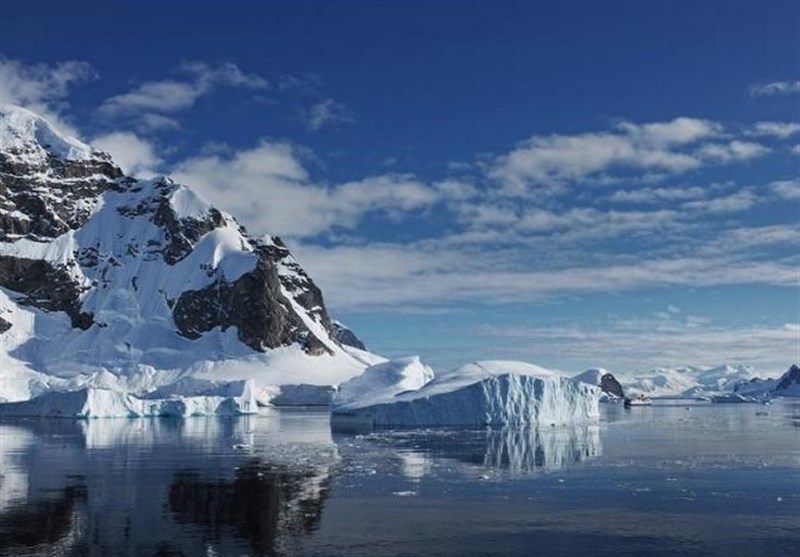Quarter of West Antarctic Ice Sheet Affected by Ice Thinning
TEHRAN (Tasnim) - Instability is spreading in West Antarctic ice sheet as almost a quarter it is now affected by ice thinning, according to a new study.
It found that the ice sheet has thinned by as much as 122 meters in some places, and thinning has left glaciers unstable, according to scientists at the University of Leeds in England, CNN reports.
Affected glaciers are unstable because melting and calving (the breaking off of ice chunks) is reducing their mass faster than it can be replenished by snowfall, and thinning has spread across 24% of West Antarctica since 1992.
The largest ice streams in the region -- the Pine Island and Thwaites glaciers -- are losing ice five times faster than they were when the measurements began.
A team of researchers from the UK Centre for Polar Observation and Modelling (CPOM), which is based at the university, used 25 years of satellite observations and climate models to track the evolution of snow and ice cover in the area.
The measurements distinguish between short-term changes due to weather patterns and long-term trends.
"In parts of Antarctica the ice sheet has thinned by extraordinary amounts, and so we set out to show how much was due to changes in climate and how much was due to weather," said Andy Shepherd, lead study author and CPOM Director.
And ice losses are driving up sea levels around the globe, Shepherd added.
"Altogether, ice losses from East and West Antarctica have contributed 4.6mm to global sea level rise since 1992," he said.
Marcus Engdahl of the European Space Agency, a co-author of the study, underlined the importance of satellite missions in studying our planet.
"The polar regions are hostile environments and are extremely difficult to access from the ground," he said in a statement.
"Because of this, the view from space is an essential tool for tracking the effects of climate change."
The full study appears in the journal Geophysical Research Letters, and follows on from previous research that emphasized the role of ocean water warmed by the sun in melting the Antarctic ice shelf.
The northwest sector of the Ross Ice Shelf in Antarctica, which in total is roughly the size of France, is melting 10 times faster than the overall average due to ocean water being warmed by the sun, according to experts at the University of Cambridge.
"The stability of ice shelves is generally thought to be related to their exposure to warm deep ocean water, but we've found that solar heated surface water also plays a crucial role in melting ice shelves," said lead study author Craig Stewart from New Zealand's National Institute of Water and Atmospheric Research.






